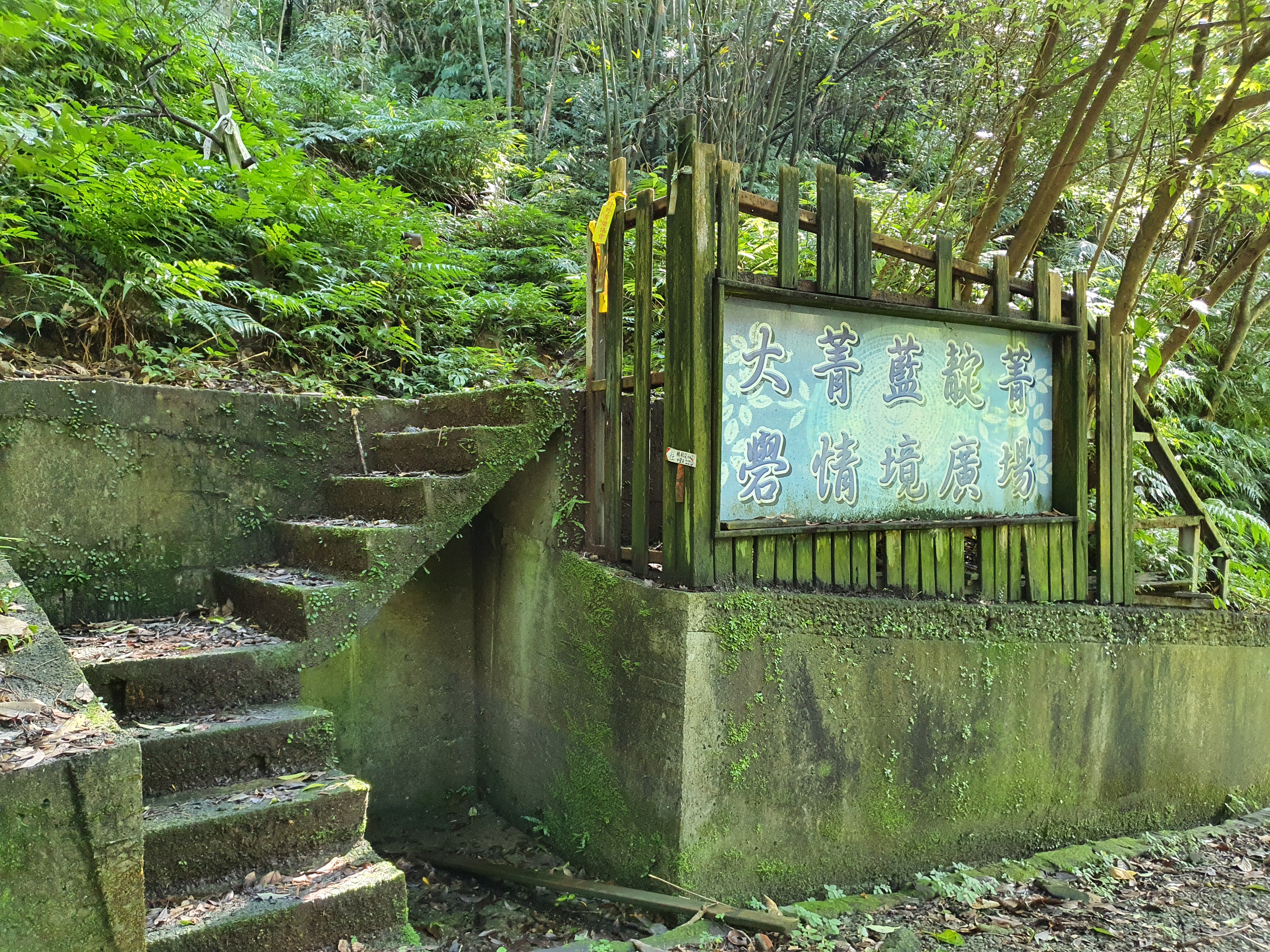

Introduction of the Spot
The farm revives Mayflower Gloryberry culture for tourists to experience natural cloth dyeing.
Mayflower gloryberry is a traditional dye plant. It used to be an important economic source in Taiwan. Mayflower gloryberries were planted on mass in Nuannuan, but were gradually forgotten over time. Wang Kuo-Wei, born in the 1940s, was involved in literature and history related work in his hometown of Keelung after retirement. At that time, the National Taiwan Craft Research and Development Institute planned to restore mayflower gloryberries. After reorganizing and experimenting, Wang Kuo-Wei reproduced the old indigo dye industry and established the Indigo Happy Farm in south Nuandong Valley.
Wang Kuo-Wei said that the ancestors migrated from Anxi, Fujian, to Taiwan in 1800, and settled in the alluvial land by the two tributaries of the upperstream of Dongshi River. They first grew mayflower gloryberries like other Han immigrants. In 1867, the Keelung Tsunami resulted in heavy casualties, and mayflower gloryberries grew poorly due to the severe drought that followed. The place suffered from famine. They then started growing tea. Before long, the coal ban was lifted in Keelung and the Laoliao Coal Mine was opened for mining. Locals then changed track and started making a living in coal mining. Tea and mayflower gloryberries were pushed to the side. During the Japanese Colonial Period, the coal industry was in full swing and so mayflower gloryberries became history.
For Wang Kuo-Wei, mayflower gloryberries are common plants that he has seen everywhere since he was little. Locals often use the plant in their daily lives. Mashed leaves have anti-inflammatory properties while the roots can be used in chicken soup. Now, in the place left by his ancestors, he has recovered mayflower gloryberry culture in Nuannuan.
Indigo is extracted by soaking mayflower gloryberries in water.
With sparse roots, mayflower gloryberries depend on the veins to absorb water. Therefore, they need to grow in a humid and cold environment. The land and climate in Nuannuan are excellent for growing mayflower gloryberries. Farmers are able to harvest mayflower gloryberries once to twice a year. Indigo Happy Farm preserves traditional mayflower gloryberry pools. Stacked with stones, the pools are used to soak mayflower gloryberries. Harvested mayflower gloryberries are placed in the pools to soak and ferment.
Wang Kuo-Wei said that the most difficult step in the indigo dye process is making the dye because it requires the berries to be fermented. To keep the bacteria lively, nutrients are needed. In the past, wheat brans were used, but now farmers prefer glucose and rice wine. After fermentation, the branches and leaves of mayflower gloryberries are removed. Lime is then added to the pool to oxidize the plants by stirring the water. The indigo dye precipitates to the bottom of the pool. After the water is let out, farmers collect the precipitated indigo mud and extract the dye.
Mayflower gloryberry is a traditional dye plant. It used to be an important economic source in Taiwan. Mayflower gloryberries were planted on mass in Nuannuan, but were gradually forgotten over time. Wang Kuo-Wei, born in the 1940s, was involved in literature and history related work in his hometown of Keelung after retirement. At that time, the National Taiwan Craft Research and Development Institute planned to restore mayflower gloryberries. After reorganizing and experimenting, Wang Kuo-Wei reproduced the old indigo dye industry and established the Indigo Happy Farm in south Nuandong Valley.
Wang Kuo-Wei said that the ancestors migrated from Anxi, Fujian, to Taiwan in 1800, and settled in the alluvial land by the two tributaries of the upperstream of Dongshi River. They first grew mayflower gloryberries like other Han immigrants. In 1867, the Keelung Tsunami resulted in heavy casualties, and mayflower gloryberries grew poorly due to the severe drought that followed. The place suffered from famine. They then started growing tea. Before long, the coal ban was lifted in Keelung and the Laoliao Coal Mine was opened for mining. Locals then changed track and started making a living in coal mining. Tea and mayflower gloryberries were pushed to the side. During the Japanese Colonial Period, the coal industry was in full swing and so mayflower gloryberries became history.
For Wang Kuo-Wei, mayflower gloryberries are common plants that he has seen everywhere since he was little. Locals often use the plant in their daily lives. Mashed leaves have anti-inflammatory properties while the roots can be used in chicken soup. Now, in the place left by his ancestors, he has recovered mayflower gloryberry culture in Nuannuan.
Indigo is extracted by soaking mayflower gloryberries in water.
With sparse roots, mayflower gloryberries depend on the veins to absorb water. Therefore, they need to grow in a humid and cold environment. The land and climate in Nuannuan are excellent for growing mayflower gloryberries. Farmers are able to harvest mayflower gloryberries once to twice a year. Indigo Happy Farm preserves traditional mayflower gloryberry pools. Stacked with stones, the pools are used to soak mayflower gloryberries. Harvested mayflower gloryberries are placed in the pools to soak and ferment.
Wang Kuo-Wei said that the most difficult step in the indigo dye process is making the dye because it requires the berries to be fermented. To keep the bacteria lively, nutrients are needed. In the past, wheat brans were used, but now farmers prefer glucose and rice wine. After fermentation, the branches and leaves of mayflower gloryberries are removed. Lime is then added to the pool to oxidize the plants by stirring the water. The indigo dye precipitates to the bottom of the pool. After the water is let out, farmers collect the precipitated indigo mud and extract the dye.

